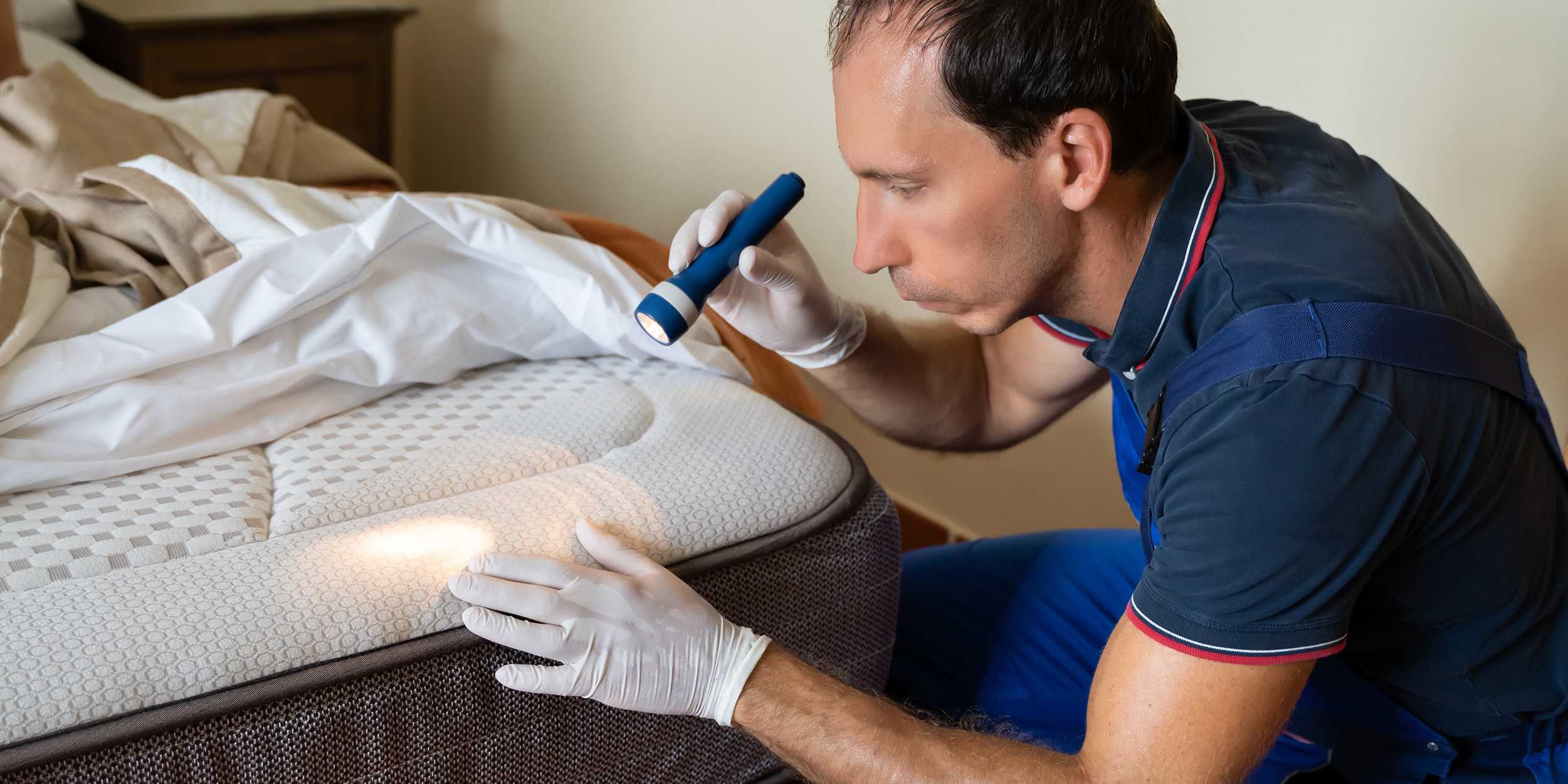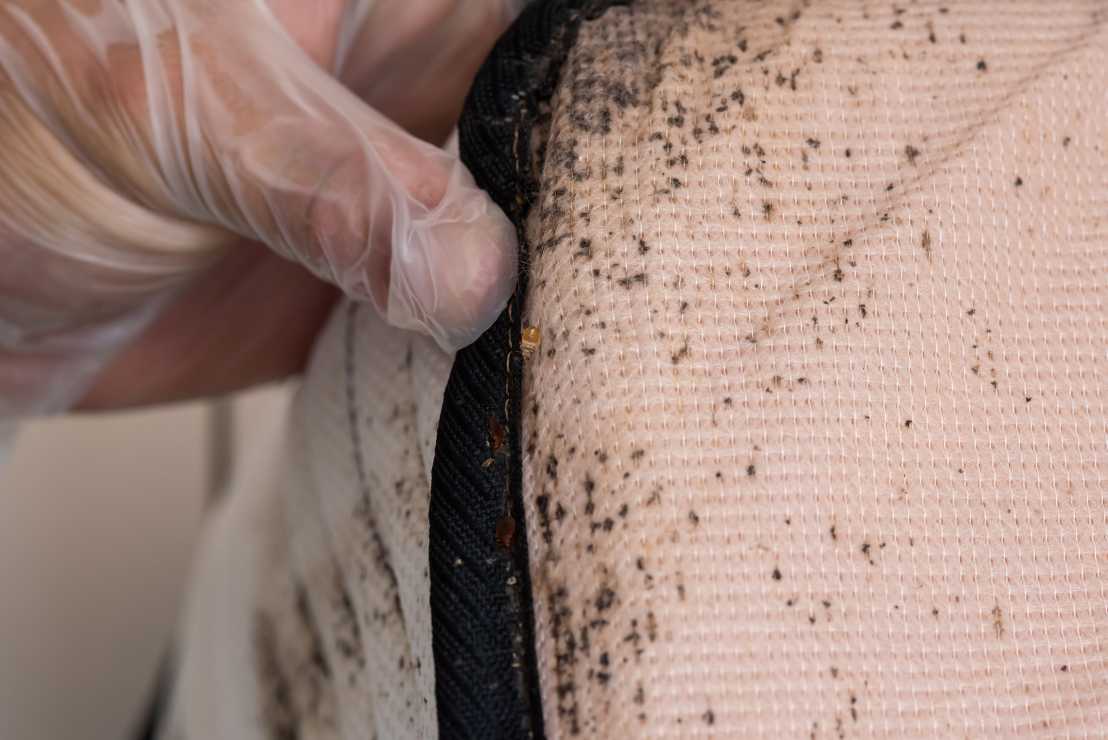Bedbugs – what should you do?
Bedbugs were recently found in two buildings on the ETH Zentrum campus. This case shows that even ETH members can carry these annoying pests in their luggage without realising it. Here’s what you can do when you’re faced with the crawling, itching intruders.

Bedbugs were recently found in the CNB and CAB buildings on the ETH Zentrum campus*, which made it necessary to conduct a search operation with specially trained tracker dogs. The contaminated objects were placed in a refrigerated container.
However, there was never a risk to the health of the ETH members working in the affected premises: so far, unlike with ticks or mosquitos, there is no evidence that bedbugs transmit diseases. However, the bug bites can be very itchy and scratching can lead to a secondary infection. An infestation can therefore be a serious annoyance.

It’s still unclear how the bloodsuckers arrived at ETH. Normally, however, bedbugs are introduced passively. They travel as stowaways in luggage, cardboard boxes or furniture from an infected household or other location. Infestations can happen to anyone and have nothing to do with poor hygiene.
Bedbugs have spread rapidly around the world in recent decades, due to both increased travel and global warming. After all, the little critters from the tropics like it warm. Bedbugs are nocturnal and hide in cracks in furniture, skirting boards, sockets, etc. during the day. Once it gets dark, they look for a warm-blooded animal whose blood they can drink.
*This Intern aktuell article is published after measures were taken against the spread of bed bugs to other buildings and ETH members in the affected buildings were informed.

What can ETH members do to avoid being plagued by bedbugs in their personal and professional lives?
- To prevent the insects from spreading to other rooms and buildings at ETH, users of infected rooms should not transfer luggage, furniture or other objects in which the insects could hide from the affected offices to other rooms or buildings.
- Under no circumstances should you use insecticides or repellents against bedbugs – that’s how you drive them out and help them spread.
- Anyone who travels a lot should – whether they’re staying in a five-star hotel or a simple hostel – first place their luggage in the bathtub, then check furniture such as beds, mattresses and bedside tables, as well as the luggage racks common in hotel rooms, for bloodstains, traces of faeces or the insects themselves. (See external page YouTube video.)
- Cold or heat treatments will kill the adult critters, along with their eggs and larvae. Smaller contaminated items can be placed in the freezer (-17°C) for several days.
- Affected rooms or offices generally need to be heated to 50–60°C to kill the creepy-crawlies. That’s what specialists do.
- If you find an infestation in your own four walls, contact your letting agent immediately and consult a professional exterminator.
Further information
external page Frequently asked questions about bed bugs (in German)Always up to date
Would you like to always receive the most important internal information and news from ETH Zurich? Then subscribe to the "internal news" newsletter and visit Staffnet, the information portal for ETH employees.
Comments